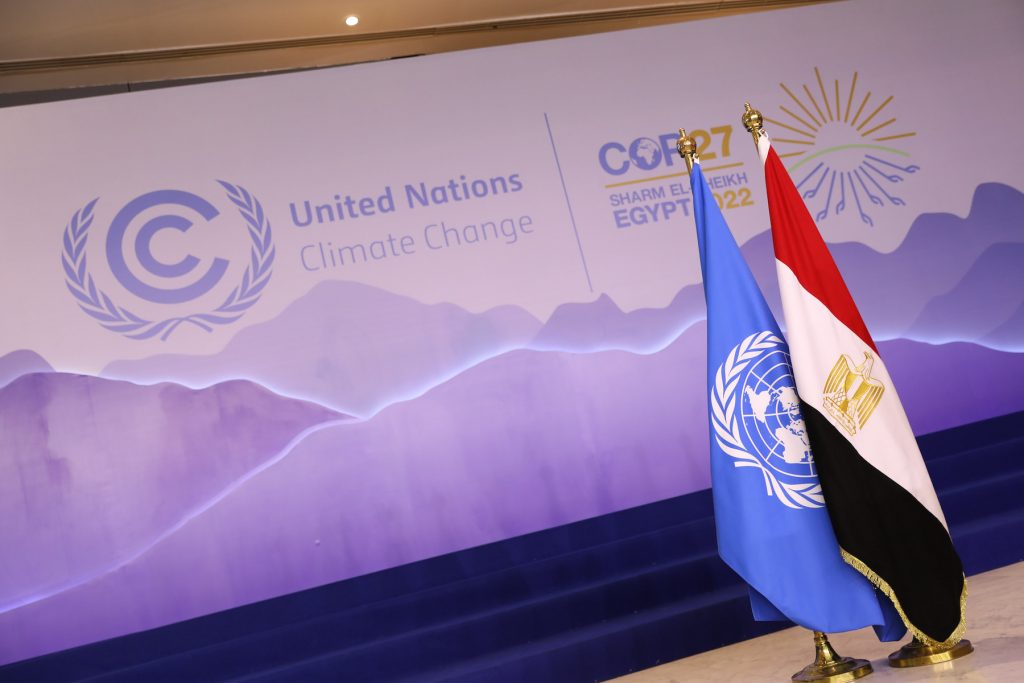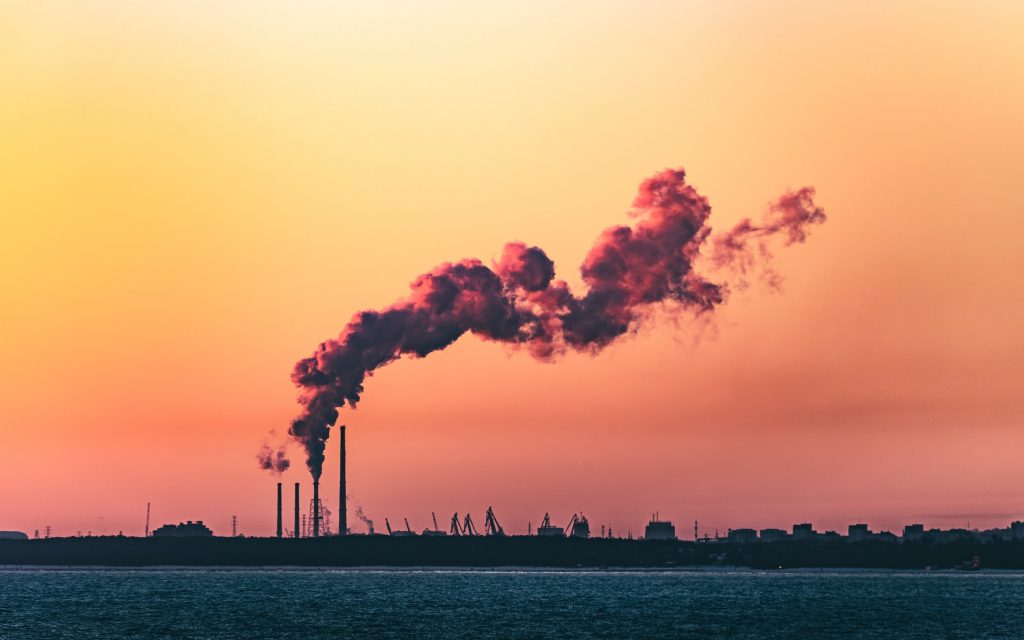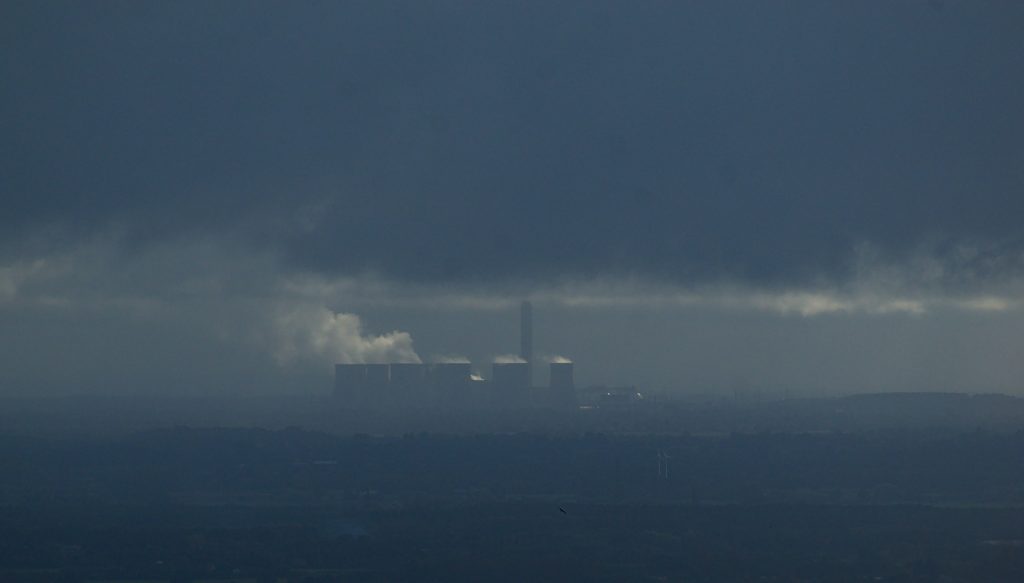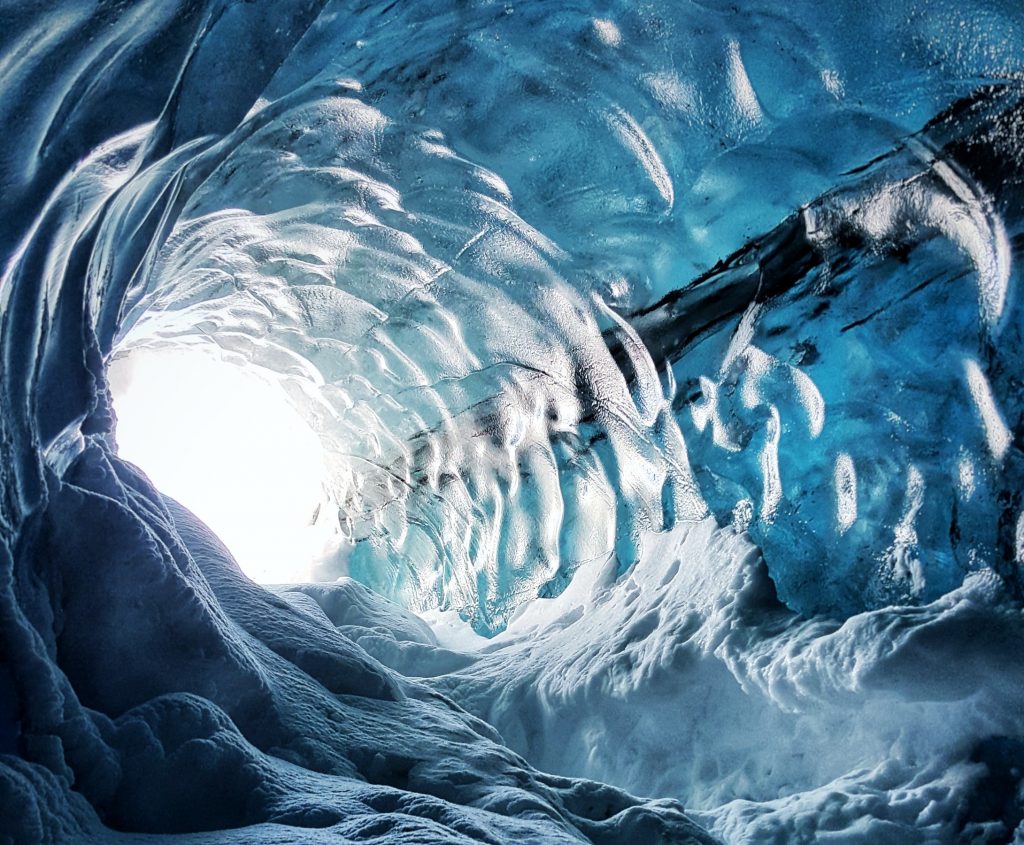
Carbon: A matter of budget – Ep.05
A trip among satellites, robots and bottles. One that oscillates between the heights of the atmosphere and the surface of the sea. We ride on carbon dioxide molecules to understand how relevant the word budget can be in delivering a future where a climate neutrality takes shape.
An attainable horizon as long as we follow a simple little rule:
“Don’t look at what they say. Look at what we’re doing”.











